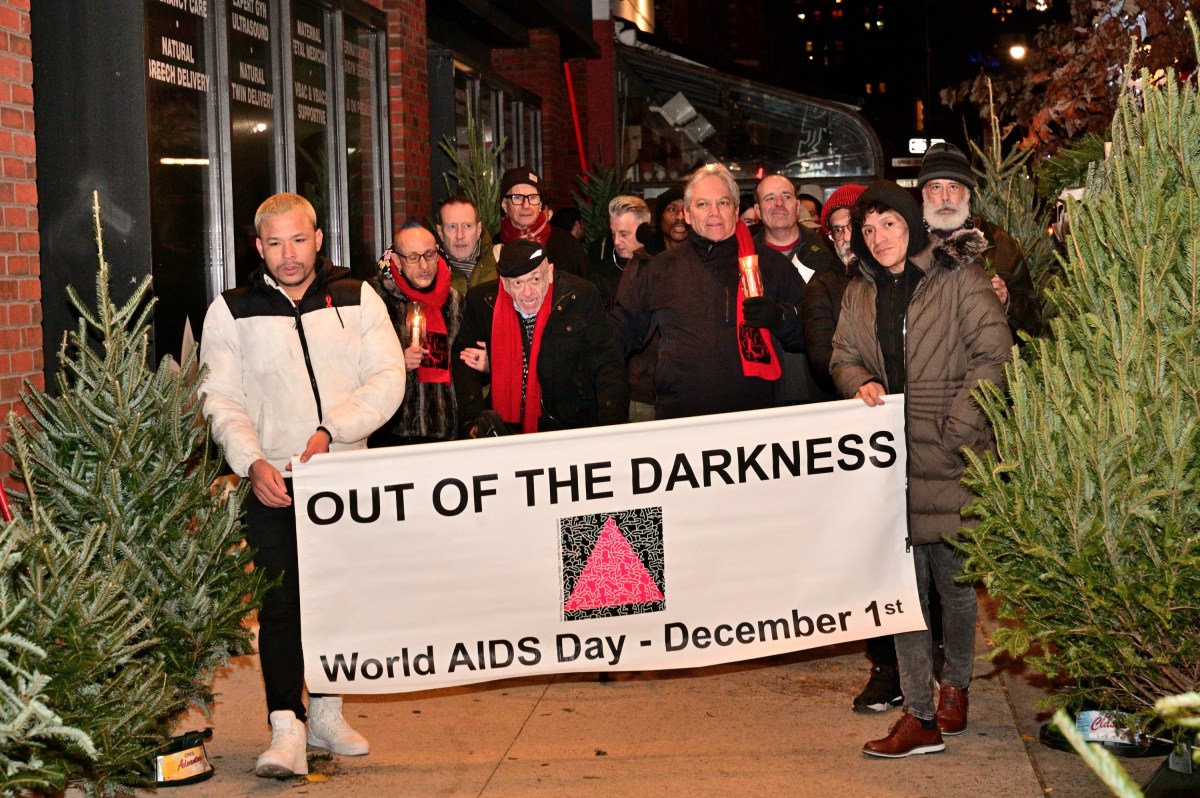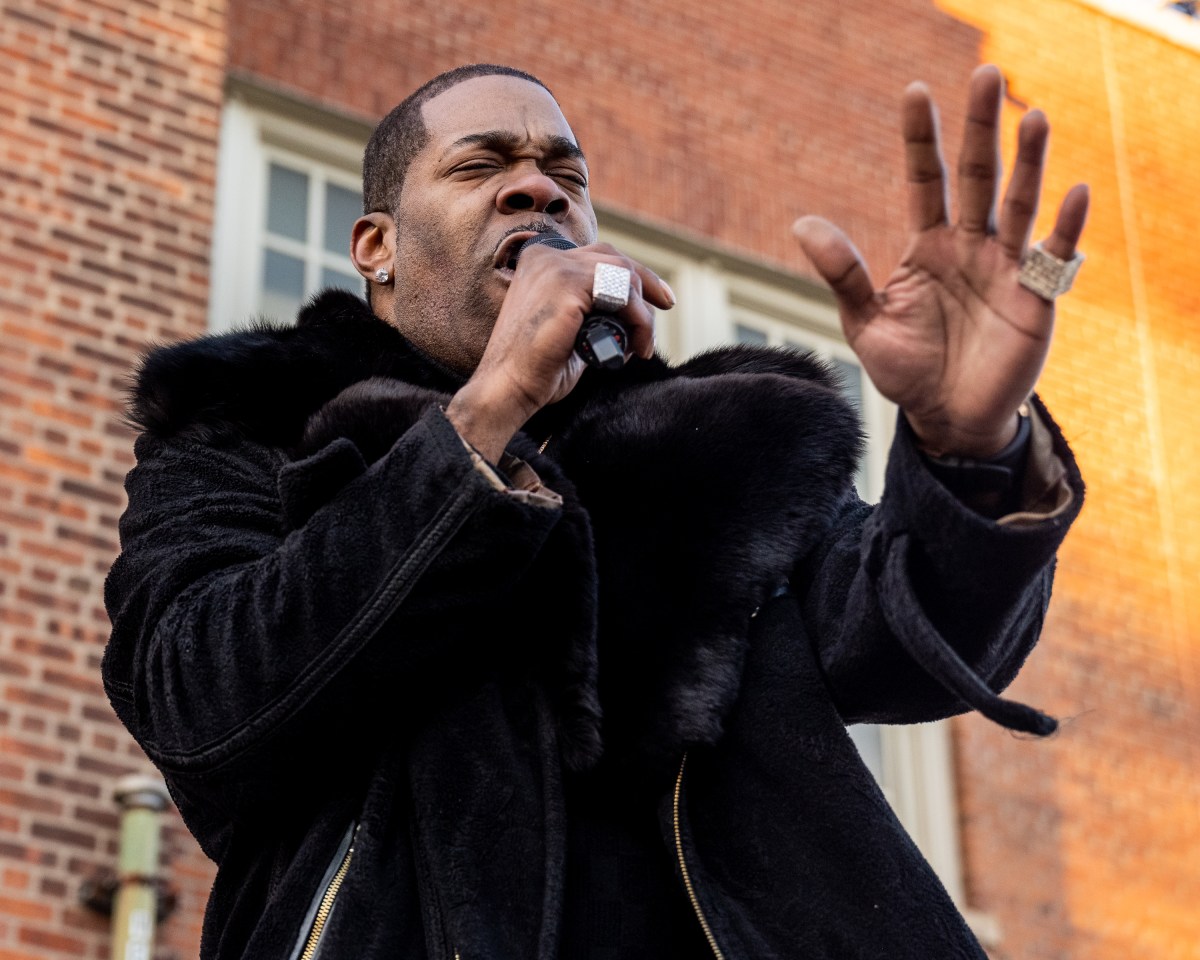New York City is launching an effort to wipe out upwards of $2 billion in medical debt for hundreds of thousands of low income city residents, Mayor Eric Adams announced on Monday.
The one-time debt relief program is a partnership between the city and RIP Medical Debt — a locally-based nonprofit that purchases and nixes medical debt — that will buy up debt portfolios from health care providers and eliminate it, according to City Hall.
The relief effort aims to tackle one of the leading causes of bankruptcy in the US, where 40% of US adults are in debt due to medical and dental bills.
Low-income Black and Latino people are far more likely to hold medical debt, according to the Adams admininstration. It also primarily affects those who are uninsured or underinsured.
The initiative — supported by $18 million over three years from the city — could help up to 500,000 New Yorkers with medical debt, according to the mayor’s office. They do not have to apply for it and will be informed once their debt has been relieved.
“For far too long medical debt has been a barrier to health care and to opportunity, for too long the New Yorkers have been saddled with medical debt they cannot afford,” the mayor said during a City Hall news conference on Monday.
“Getting health care shouldn’t be a burden that weighs on New Yorkers and families,” he continued. “So today, the administration is helping deliver relief to working class New Yorkers with our life changing medical debt relief program.”
The program will launch this year and run for the next three.
City Health Commissioner Dr. Ashwin Vasan said that the spector of taking on medical debt often forces lower-income paitents to make hard choices between getting treatment and risking financial instability.
“‘Do I get the scan, the surgery or the treatment, or do I buy groceries this week?'” Vasan said. “These are the very real trade offs that too many of our neighbors and loved ones and my patients have been forced to make due to debt and the specter of debt, choices that no one should have to make.”
To qualify for the program, households must make at or below 400% of the Federal Poverty Line in yearly income or have debt equal to at least 5% of their annual income, according to City Hall. Those who get their debt forgiven through the program will owe nothing and bear no tax penalty.
When asked about how the program is using just $18 million to relieve $2 billion in medical debt is, RIP president and CEO Allison Sesso said it is because the for profit market sells medical debt at a very low price.
“We’re not trying to make any money back, we are turning it into a charitable purpose and we’re getting rid of those debts when we get our hands on it,” Sesso said. “So we’re entering a for profit market that’s lowering the price and then we’re taking dollars that we are not interested in making a return on and the return is the charitable gift that we’re giving to individuals.”
The city also plans to raise additional funding for the program, along with RIP, over the next three years, Adams said.
Read more: Breaking Bread in the Bronx delivers secret fine dining charm.







































